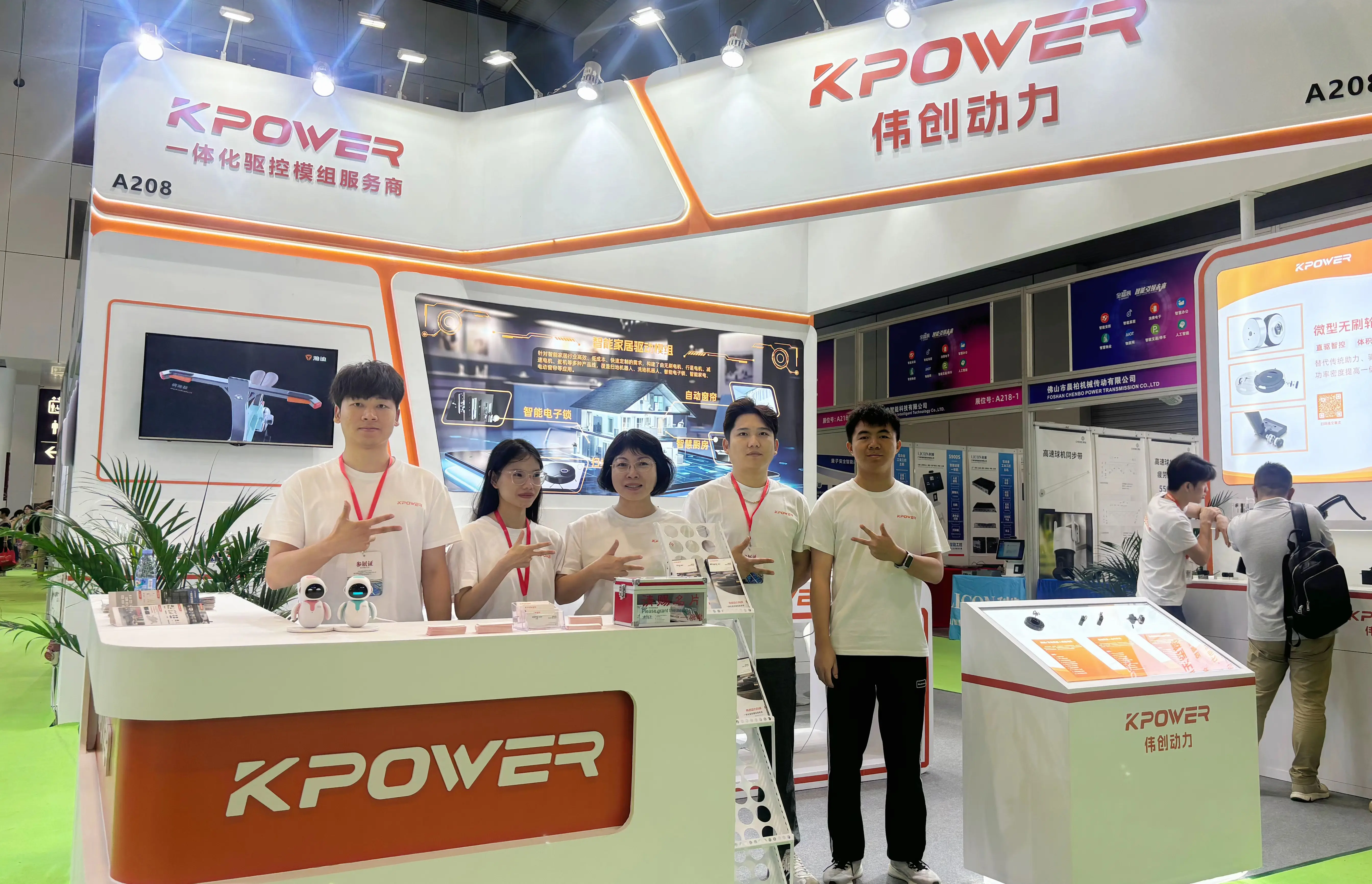Hey, so you're looking to power up your micro:bit with a servo and wondering how to connect it properly? That's a pretty common question, and honestly, it’s not as complicated as it might seem at first glance. Let me walk you through the whole process, and maybe it’ll click into place.

First off, you’ve got your micro:bit — tiny, versatile, practically a mini-computer. The servo motor, on the other hand, is like a little muscle it can control to turn things, rotate, or move. Connecting the two is more about understanding the signals and power flow.
Picture this: you have three wires on your servo — power, ground, and signal. The power wire (usually red) needs to connect to a power source, just like plugging in your phone charger, but here’s the catch — the micro:bit’s pins aren’t designed to supply a lot of current. So, you might want to use an external power supply for the servo to keep everything running smoothly. That’s a detail often overlooked but super critical to prevent damaging your micro:bit.
Now, where do you connect the control signal? That’s the pin that tells the servo what to do. On the micro:bit, any of its GPIO pins can do the job, but most folks go with pin 0, 1, or 2 for simplicity. You’ll connect the servo’s signal pin to that pin on the micro:bit. Then, ground out both the servo and micro:bit to the same common ground from your power source. That’s the magic that makes everything sync up.
Thinking about how it all comes together, it’s like assembling a tiny, electronic orchestra. When you send a PWM (pulse-width modulation) signal from the micro:bit, the servo interprets that as movement — a specific angle, a full rotation, or whatever you program. It’s surprisingly responsive, especially if you keep your code simple.
Some folks ask, “Can I power the servo directly from the micro:bit?” Well, technically yes, but only for small, low-torque servos. For anything bigger, you risk overloading the micro:bit’s power pin, which could cause some issues. Having a dedicated power supply takes that worry off the table.
Here’s a quick snapshot of what to check: Make sure your power supply provides enough current; connect the servo’s ground to the micro:bit’s ground; and remember, the signal wire goes to your chosen GPIO pin. From there, just write a bit of code, set the PWM signals, and watch that servo come to life.
If you’re feeling a little lost at any point, just picture it like giving your micro:bit a simple remote control. The right wiring turns it into a tiny robot pilot. It’s pretty fun to see that little motor respond to your commands. Plus, once you’ve done it once or twice, it’s a breeze to tweak and expand.
What really makes it engaging is messing around with the code and discovering how different PWM frequencies make the servo move differently. That’s where a bit of experimentation comes in, and it feels pretty rewarding.
So, connecting a servo motor isn't just a technical task—it's more like creating a small, masterful robotic system with a micro:bit being the brain. And once it clicks, the possibilities are kind of endless.
Established in 2005, Kpower has been dedicated to a professional compact motion unit manufacturer, headquartered in Dongguan, Guangdong Province, China. Leveraging innovations in modular drive technology, Kpower integrates high-performance motors, precision reducers, and multi-protocol control systems to provide efficient and customized smart drive system solutions. Kpower has delivered professional drive system solutions to over 500 enterprise clients globally with products covering various fields such as Smart Home Systems, Automatic Electronics, Robotics, Precision Agriculture, Drones, and Industrial Automation.




































